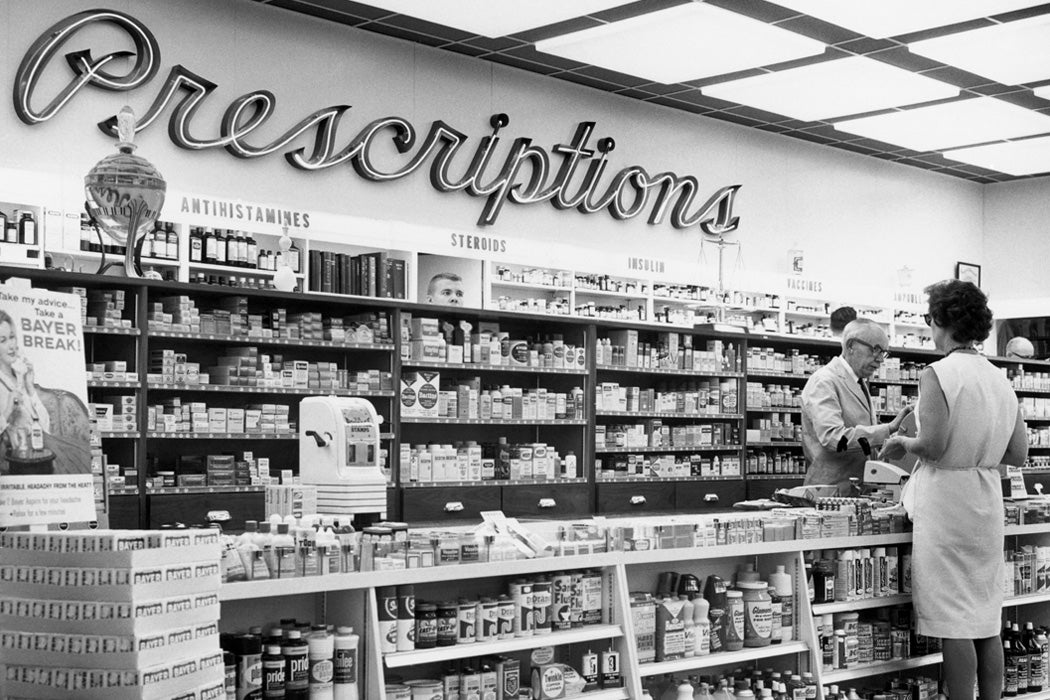With prices climbing for lifesaving drugs like insulin, the regulation of Big Pharma is frequently in the news. Historian Dominique A. Tobbell writes that we’ve been having this debate since the 1950s.
Back then, Senator Estes Kefauver, a Tennessee Democrat, became worried about the high price of prescription drugs. To him, it looked like there was little competition in the pharmaceutical market. Instead, patent-holders had an effective monopoly on particular drugs, which they used to set prices. Kefauver’s investigation into the issue, starting in 1959, was the first of its kind. Previously, drug legislation had only aimed at regulating safety and marketing claims.
After two years of investigative hearings, Kefauver proposed a revision of patent law reducing market exclusivity from seventeen years to three. His bill would also have limited patents to drugs with significantly different structures and better therapeutic benefits than existing ones.
The pharmaceutical industry fought back from the start. Even before Kefauver began his investigation, Tobbell writes, drugmakers and their allies had presented the industry as a key to winning poor countries to the American side of the Cold War. Speaking to a meeting of pharmaceutical executives in 1957, Senator Hubert Humphrey warned that “poverty and misery” created breeding grounds for communism. Fighting disease with U.S. technology would “demonstrate in unmistakable terms our genuine concern for the rank and file of humanity,” he said. Big drug companies organized fellowships for young researchers from other parts of the world and built plants in India to compete with the USSR’s medical development work there.
At Kefauver’s hearings, the drug companies and their allies talked up these international efforts and warned of a slippery slope to socialism within the United States. Senator Alexander Wiley warned that Kefauver’s regulatory efforts challenged “the core of democracy” and would lead the nation “to follow the example of totalitarian governments.”
Tobbell writes that industry supporters’ Cold War-based arguments were numerous and sometimes contradictory. They argued that U.S. companies had to retain all possible advantages to surpass the Soviets’ scientific progress. But they also argued that the USSR had failed to develop new drugs, proving the need for a free-market system.
Theodore G. Klumpp, president of Winthrop Laboratories, told an audience that Kefauver’s efforts would virtually abolish pharmaceutical brand names, which are “a prime factor in stimulating reputable manufacturers to produce the best product.” A doctor who could only identify a drug by its generic name would “have no way of knowing the true quality of the drug which he prescribed.”
Weekly Digest
Kefauver and his allies pushed back, pointing out that many of the most effective drugs had been developed in more regulated European markets or in government-funded academic laboratories.
Ultimately, Congress passed a much different version of Kefauver’s bill. The law focused on safety rather than pricing and made no changes to drug patents. Which may be why, more than a half century later, we’re still having the same arguments about drug prices and creeping socialism.







